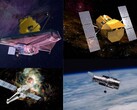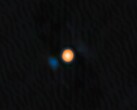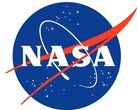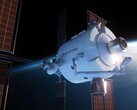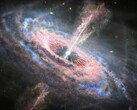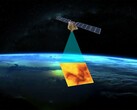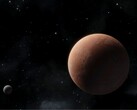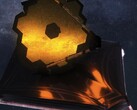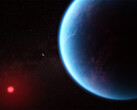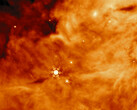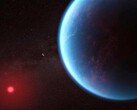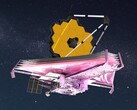Since the beginning of July, a new interstellar object has appeared in our solar system. But while many scientists agree that it originates from a distant region, a Harvard physicist puts forward an entirely different hypothesis.
Discovered on July 1 by the ATLAS telescope in Chile, 3I/ATLAS is an interstellar object that defies scientific knowledge. It has no known cometary characteristics, and no gas has been detected since observations began using spectroscopic analysis.
But that's not all, as its trajectory also intrigues scientists. It follows a retrograde orbit around the Sun. What's more, its dimensions are also astonishing, as it is estimated to be over 20 km in diameter.
So, taking these anomalies into consideration, physicist Avi Loeb, who is also Professor of Theoretical Physics at Harvard University, has no hesitation in putting forward an astonishing hypothesis. According to him, 3I/ATLAS possesses characteristics that would make one think of an extraterrestrial bolide, rather than a natural object.
To support his point of view, he refers to the trajectory of this star. If it passes close to Venus, Mars and Jupiter next autumn, as seems likely, this could be a deliberate targeting of our inner solar system, as this scenario has a probability of only 0.005%. Another argument is that this interstellar object will be at its closest to the Sun on October 29, and according to Loeb, this could correspond to an occultation strategy to prevent our instruments from studying it any longer.
However, while these statements are making a big splash, not everyone agrees. Indeed, Richard Moissl, head of planetary defense at the European Space Agency, believes that the object's characteristics correspond to those expected of a natural object.
Finally, this stance recalls the many debates that concerned 1I/ʻOumuamua in 2017 when this astonishing star was discovered. And it's worth noting that Loeb had also made statements on the subject, sometimes sparking controversy
Source(s)
Sciencepost.fr (in French), Newsweek






